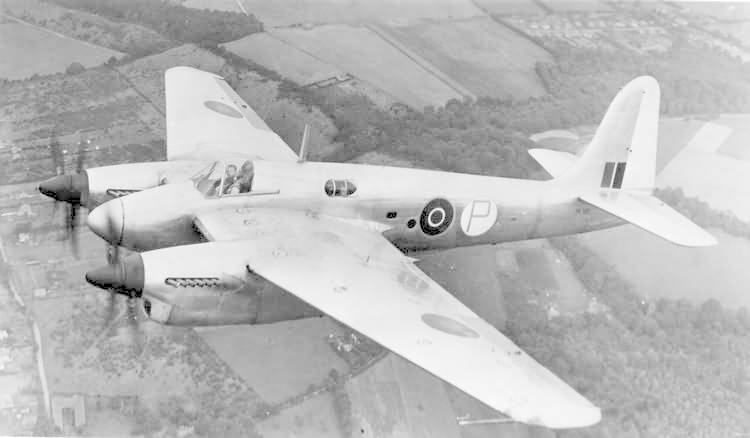wuzak
Captain
Was any consideration given to fitting a P-51 with contra-rotating props?
Rolls-Royce and Supermarine tested Spitfires with contra-props from 1944, IIRC, both with Merlins (Mk.VIII) and with Griffons (Mk. XIV). These were Rotol props, I believe.
Were any similar systems being tested at the same time in the US that may have been fitted to a P-51?
What are the advantages and disadvantages of doing this?
Could a contra-prop P-51 made the war?
Rolls-Royce and Supermarine tested Spitfires with contra-props from 1944, IIRC, both with Merlins (Mk.VIII) and with Griffons (Mk. XIV). These were Rotol props, I believe.
Were any similar systems being tested at the same time in the US that may have been fitted to a P-51?
What are the advantages and disadvantages of doing this?
Could a contra-prop P-51 made the war?

